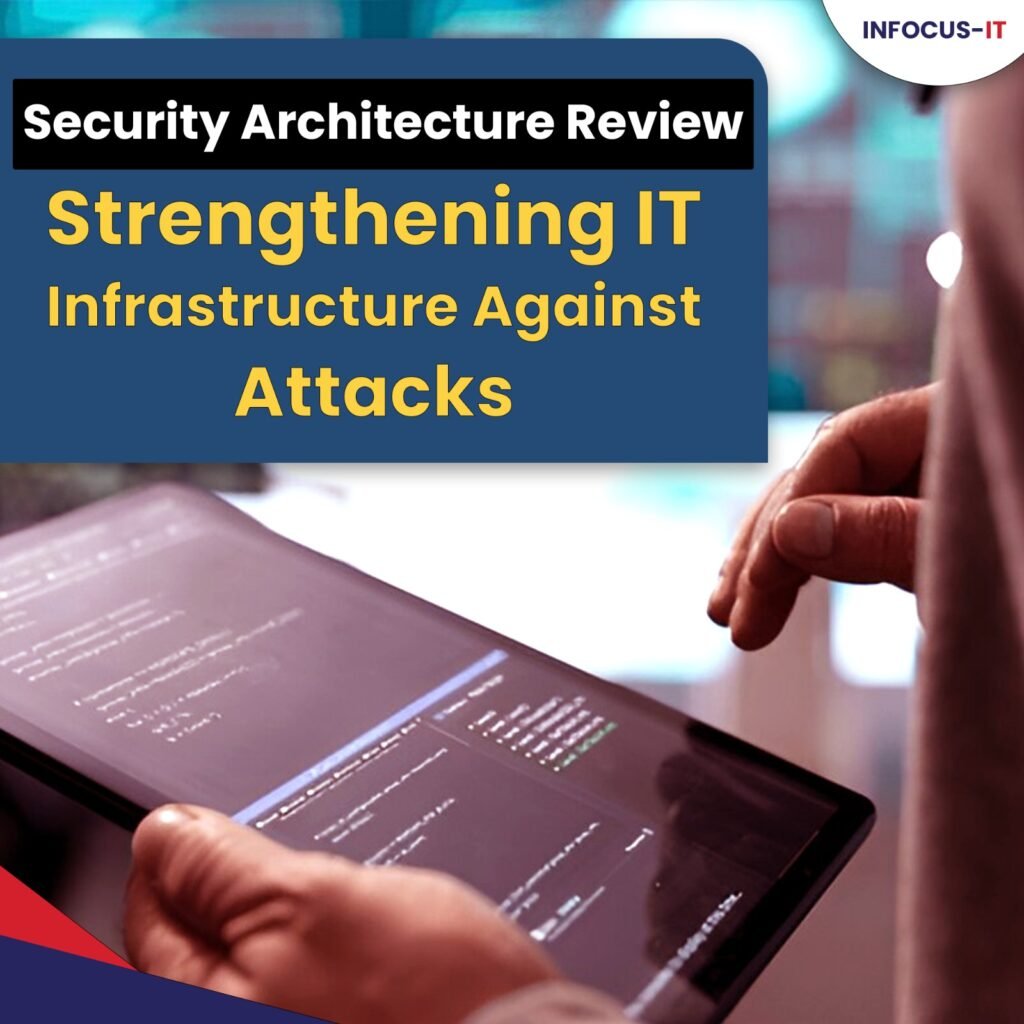In recent years, supply chain attacks have become one of the most insidious threats facing organizations of all sizes—and the danger is only expected to escalate in 2025. Cybercriminals are shifting their focus from directly breaching organizations to targeting third-party vendors and service providers. Why? Because attackers can exploit the trust and access these vendors are granted to infiltrate larger networks.
What Is a Supply Chain Attack?
A supply chain attack occurs when a threat actor targets a less-secure element in an organization’s ecosystem—typically a third-party vendor, software provider, or contractor—to gain access to more valuable systems. These attacks are especially dangerous because they leverage the legitimate pathways organizations use to collaborate, communicate, and share data.
Notable examples include:
- The SolarWinds attack, where a compromised software update infected thousands of customers, including U.S. government agencies.
- The Kaseya ransomware attack, where cybercriminals used a managed service provider (MSP) as a conduit to compromise hundreds of businesses.
Why Are Supply Chain Attacks Rising?
Several trends are fueling this surge:
- Increased outsourcing of IT and business processes.
- Widespread adoption of third-party SaaS solutions and cloud services.
- Attackers’ growing sophistication in targeting interconnected digital ecosystems.
- Limited visibility into the security posture of vendors and subcontractors.
As organizations grow more reliant on external partners, the security of the entire ecosystem becomes only as strong as its weakest link.
How to Defend Against Supply Chain Attacks
Protecting your organization against supply chain attacks requires a proactive and layered security approach. Here are key steps to mitigate risk:
1. Conduct Thorough Vendor Risk Assessments
Before onboarding a third party, perform detailed security evaluations. Assess their cybersecurity policies, history of incidents, compliance with standards like ISO 27001 or SOC 2, and overall risk profile.
2. Implement Stringent Access Controls
Limit vendors’ access to only what is necessary. Apply the principle of least privilege, use zero-trust architecture, and monitor for unusual access patterns or behavior.
3. Continuously Monitor Third-Party Activities
Implement tools for real-time monitoring and auditing of third-party activity. Set up alerts for suspicious actions, and ensure all vendor interactions are logged and reviewed regularly.
4. Use Secure Software Supply Chains
Rely on verified sources for software and implement secure software development practices. Require code signing, monitor software bills of materials (SBOMs), and keep software components updated.
5. Establish Incident Response Plans
Plan for potential supply chain breaches. Include third-party incidents in your incident response strategy, and ensure vendors understand and are prepared to support coordinated responses.
In 2025 and beyond, your cybersecurity posture is only as strong as your most vulnerable vendor.
As cyber threats evolve, so must our defenses. Supply chain attacks are not just a passing trend—they are a permanent fixture in the cybersecurity landscape. Organizations must look beyond their internal systems and fortify every link in their digital chain.
Stay vigilant. Stay secure.
At INFOCUS-IT, we specialize in advanced cybersecurity solutions—from threat detection and incident response to compliance and risk management. Whether you’re a small business or a large enterprise, our experts are here to protect what matters most.
Book your vulnerability scan now → infocus-it.com
📩 Support: support@infocus-it.com
📞 Helpdesk: +91-8178210903
hashtag#vapt hashtag#owasp hashtag#bugbounty hashtag#ethicalhacking hashtag#infocusit

